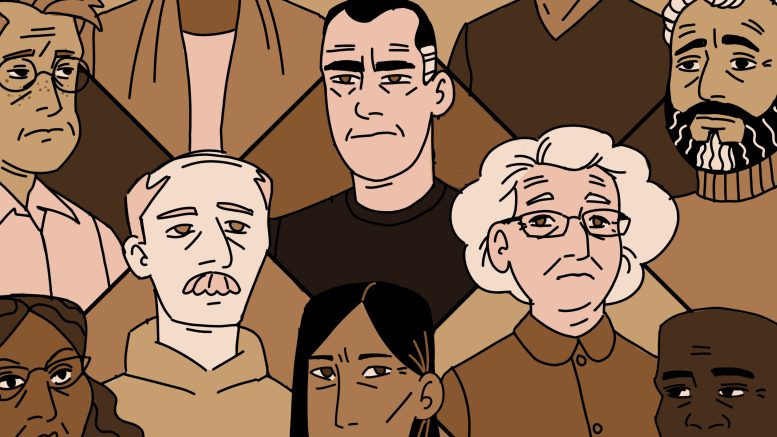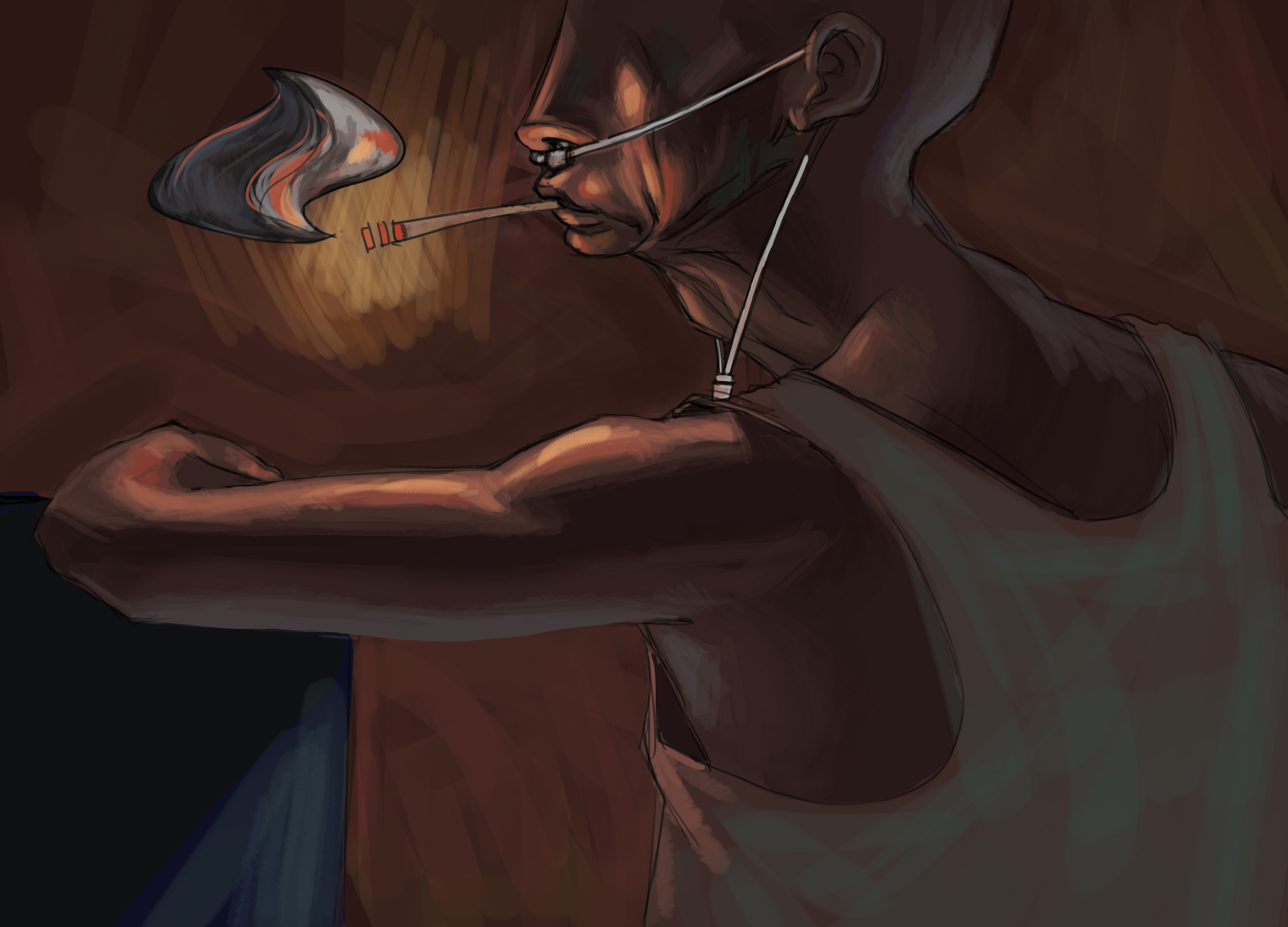The COVID-19 pandemic has affected every aspect of social interaction and has been especially hard for older adults. Organizations catering to older adults have had to meet the challenge. A new report prepared by Verena Menec — a U of M professor in community health sciences — and co-authors Nancy Newall and Alexandra Rose assessed community organizations’ responses to the pandemic. They found that while organizations were quick to adapt, there remain challenges to overcome to provide services for all older adults.
The report was prepared in collaboration with several community organizations that facilitate social engagement among Manitobans over 55. The participating organizations provide a wide variety of services, including exercise classes, senior centres, education and counselling. Through interviews with program coordinators, the researchers investigated how well organizations were able to continue providing services throughout the pandemic.
Menec’s primary research interests are healthy aging and social inclusion for older adults. Her research finds ways to socially engage older adults. Social inclusion is a vital component of overall health at every age. With age, isolation and loneliness can be linked to an increased risk of both mental and physical health problems, including risk of heart disease and dementia.
The project received funding prior to the pandemic, demonstrating the need for this research regardless of the pandemic. Menec said the pandemic represented a “convergence of issues” and providing these services is as important as ever. Now, after nearly two years of experiencing limits on social gatherings, many people can be more easily convinced of the importance of social connection.
“We all found out […] personally what it means to be socially isolated,” said Menec.
A patchwork of community organizations have taken the lead on this issue, rather than a government-led response. Menec believes the provincial government should take more responsibility.
In November 2020, provincial health guidelines permitted visits from a close contact for individuals who lived alone. Menec saw an acknowledgment of the importance of social connection. However, she feels the provincial government’s plans have lacked an emphasis on facilitating social connections through communication technology and that it is not providing enough funds for community organizations.
“There are a lot of organizations right here in Winnipeg […] that are doing really, really good work to fill those gaps [and are trying] their best to do as much as possible for those most vulnerable,” said Menec.
One example of the vital services provided by the participating organizations is a food hamper delivery service, established in spring 2020. The service was provided through a collaboration between A & O Support Services for Older Adults, United Way Winnipeg and the City of Winnipeg’s 311 call centre.
Through this program, people with food security issues could call 311 and phone operators would transfer the call to A & O. The centre would then connect them with resources, including providing “food, hot meals, personal care items or social support.”
At the onset of the province’s state of emergency, some of the organizations quickly switched to providing services remotely, either online or by phone where compatible. A common refrain from program coordinators was that online services were more accessible to more people than when they only offered in-person service.
One of the initial hurdles for the switch to online services was teaching people how to use technology. In addition to regular services, organizations began to offer training in communication technology. Programs also had fewer volunteers and had to adapt to the province’s changing mandates and health guidelines.
After nearly two years of pandemic closures and reopenings, a hybrid approach to operation with online and in-person options is likely here to stay. This approach is accessible to largest group of people and has added appeal in winter when many people have trouble with mobility.
However, additional research is needed to improve accessibility for people with disabilities. For instance, hearing loss is common among adults over 50 and can be an isolating experience, yet methods of communication have not adapted to be more inclusive. In-person contact is more difficult with masks that prevent the person from reading lips and online automatic caption settings are imperfect, frequently causing errors that may be confusing.
Another major remaining challenge is to provide online access and technology for the most vulnerable people, both in remote northern communities and in cities. Internet access is costly and some public housing complexes do not provide public wireless access. This leaves many people without access to essential services or unable to connect with others.
In the future, Menec hopes to research the impact of providing low-income older adults with access to technology, setting up wireless connections or giving them tablets. The unequal access to internet and communication technology broadens the digital divide between low-income and middle- to upper-income people. This leaves many of the most vulnerable people extremely isolated.
“It’s exactly the people who need [these services] the most who are disconnected,” said Menec.





